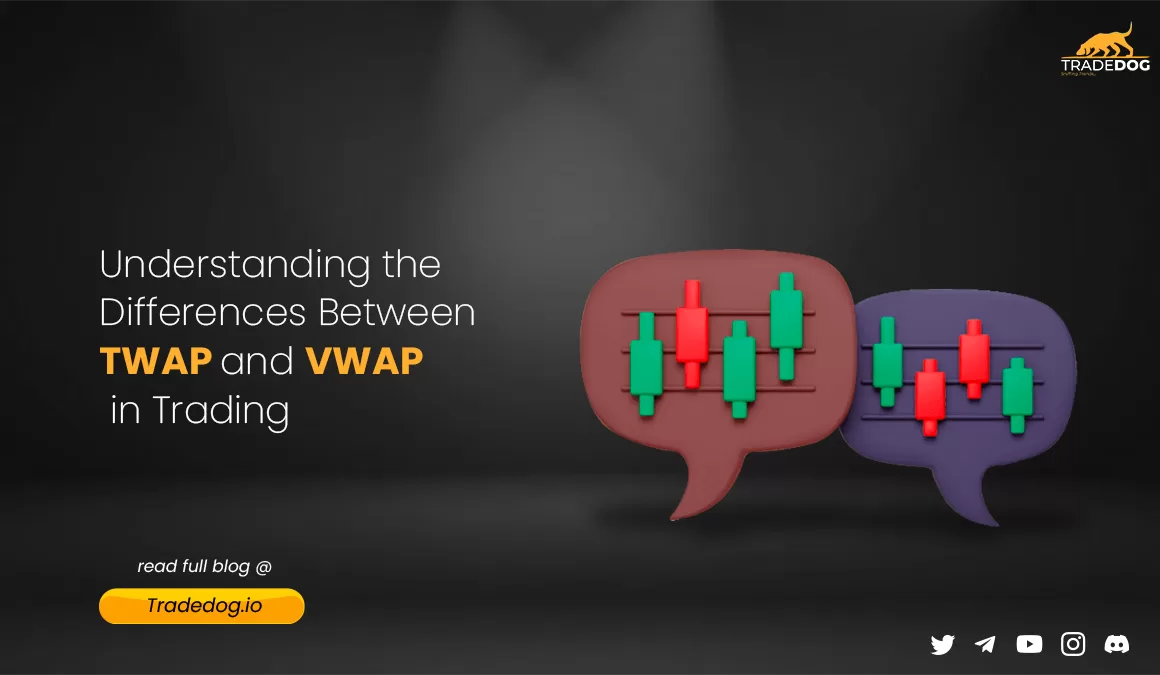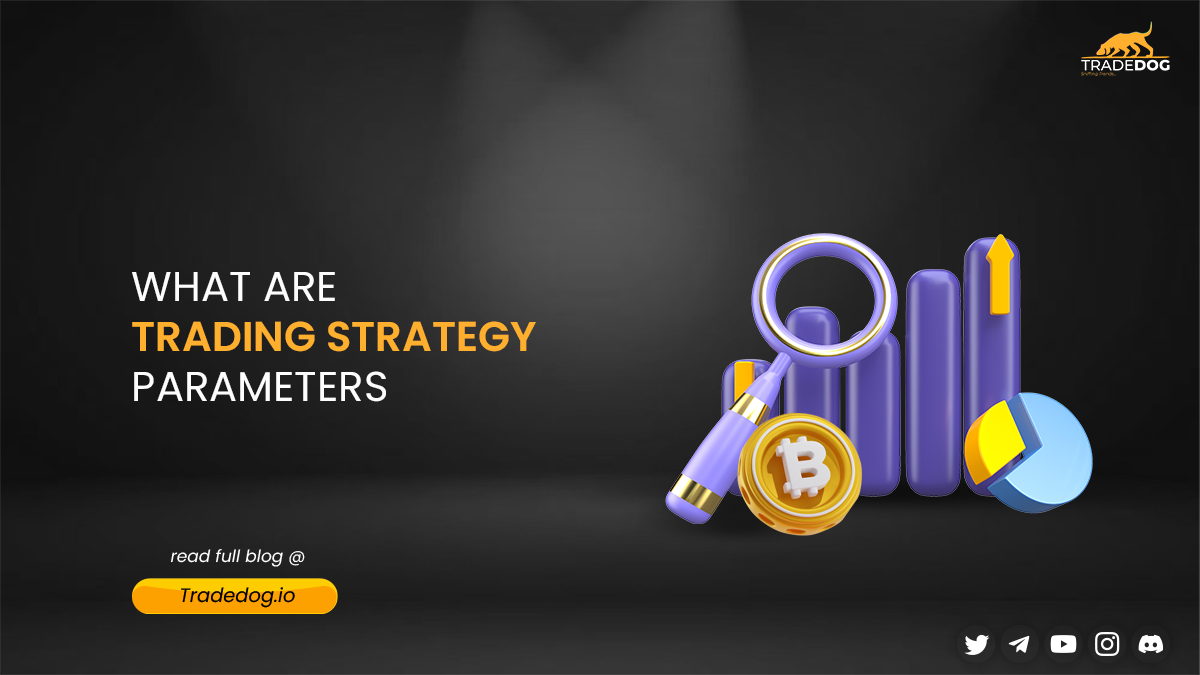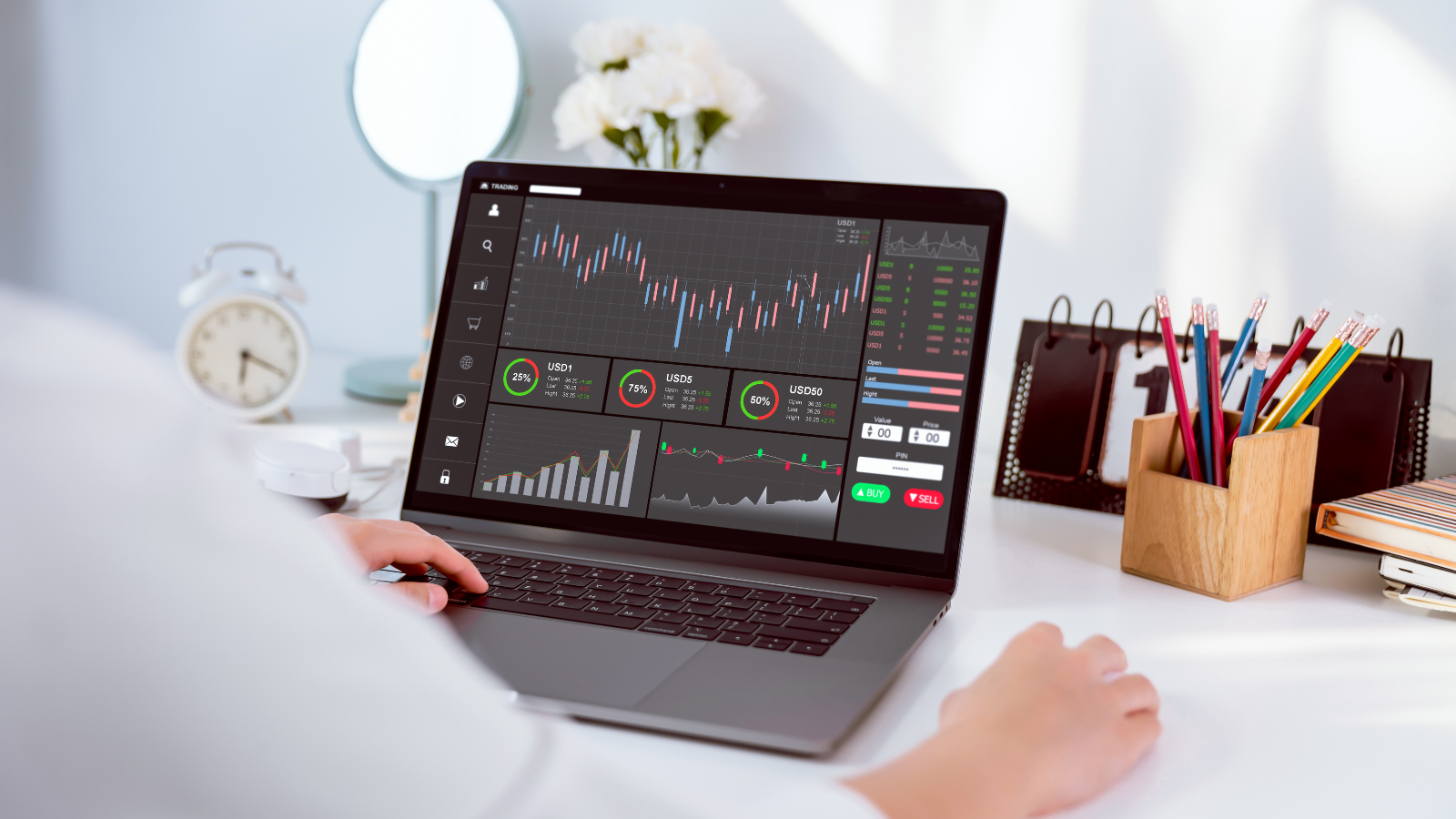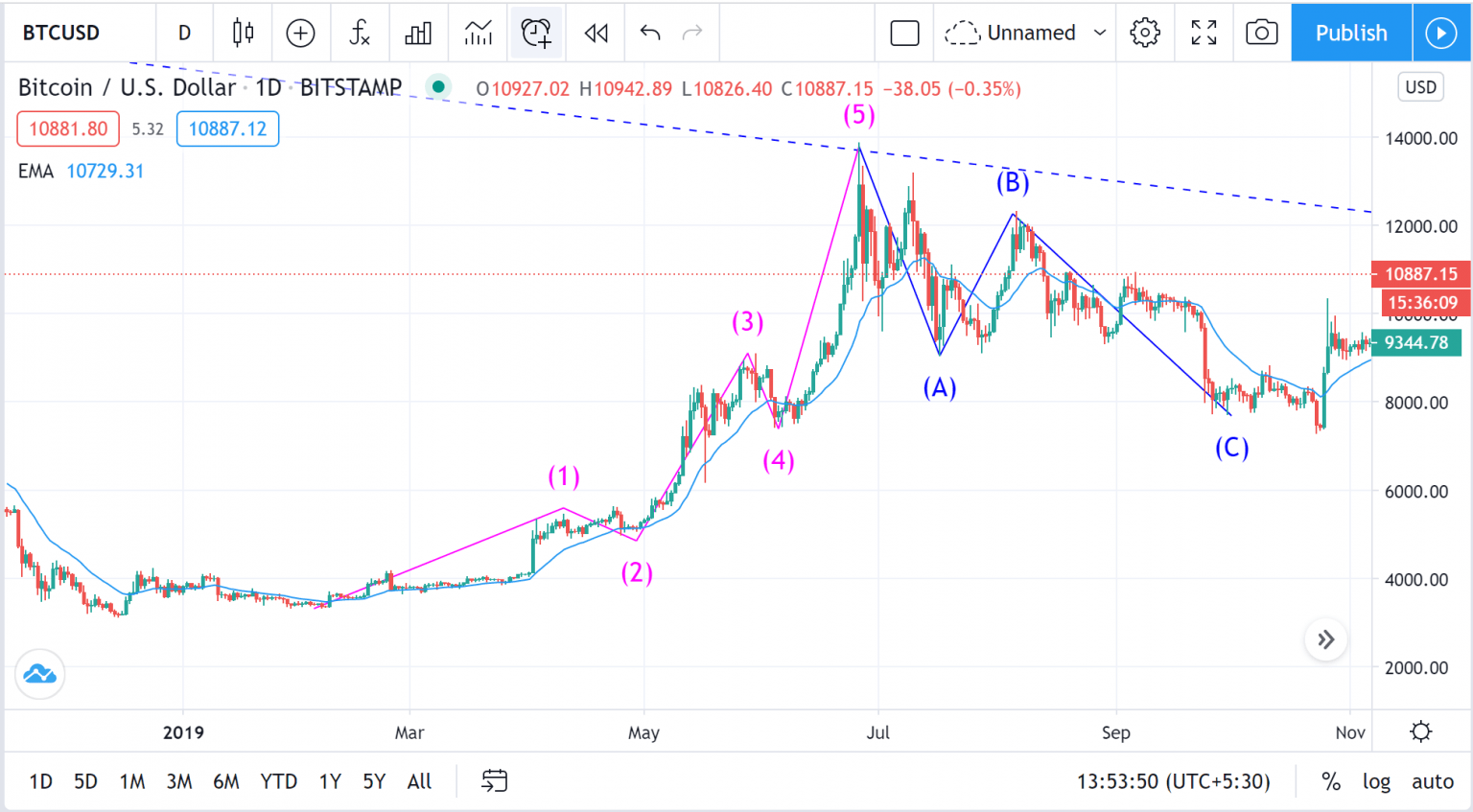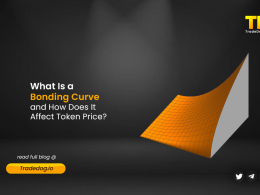Quick Links
In the fast-paced world of trading, time is of the essence and every second counts. If you want to make the most out of your trades, you need to be armed with the right tools. That’s where TWAP and VWAP come in, two powerful algorithms that can help you make better trading decisions. In this blog, we’ll take a deep dive into these algorithms, including what they are, how they work, their key differences, and the pros and cons of each. So, buckle up and get ready to supercharge your trading strategy!
What is TWAP?
TWAP stands for Time-Weighted Average Price. It is a strategy for executing trades using algorithms that aim to achieve an average execution price similar to the time-weighted average price of a specific period as specified by the trader and involves executing trades evenly over a while.
It is typically employed to reduce the impact of large orders on the market by dividing them into smaller quantities and executing them at predetermined intervals over time. By averaging out the order over a set period, TWAP can also help to reduce the risk of adverse market movements affecting the execution price.
How is TWAP calculated?
To calculate TWAP, prices are collected at various points throughout a specified time period, and then the sum of these prices is divided by the total number of price points.
TWAP = (TP1+TP2+TP3+.. TPn )/ n,
where TP1 = price at the first time-point and n = the total number of time-points
Example:
Suppose we want to calculate the TWAP of a token over the course of five minutes by utilising price point intervals of one minute and the prices were as follows: $10 at zero seconds, $12 at one minute, $11 at two minutes, $9.8 at three minutes, $10.3 at four minutes, and $11.5 at the end of the period.
First, we will sum together all the price points, i.e., (10+12+11+9.8+10.3+11.5) = 64.6. Then, we will divide 64.6 by the number of time points (6) to calculate TWAP. Thus, TWAP = 64.6/6, which equals $10.76.
What is VWAP?
VWAP stands for Volume-Weighted Average Price. It is another popular trading algorithm that considers the volume of the security traded in addition to the price over a specified time period, making it a more accurate representation of the average price paid for a token during a given time period.
VWAP serves as a tool for traders to confirm trends and develop trading rules. Tokens priced below VWAP are generally perceived as undervalued while those above VWAP as overvalued. Institutional investors usually use VWAP to minimize market impact when entering or exiting positions. They aim to buy below VWAP or sell above it to avoid pushing prices further away from the average.
How is VWAP calculated?
To calculate VWAP, the traded value for each transaction, which is the price of the token and volume, is added up, and then divided by the total volume.
VWAP = (Typical Price*Volume)/ Volume
[Typical Price = (High + Low + Close) / 3]Example:
Suppose we are calculating 1-hour VWAP. The first step is to calculate the typical price for the token for that 1 hour. Using the formula [(H+L+C)/3], if H = 50, L = 45 and C = 48, the token’s typical price would be: 47.67
Next, you need to multiply the typical price by the volume for that period. If V = 1000, then: 47.67 * 1000 = 47,667
We then divide the value obtained i.e., 47,667 by the cumulative trading volume until that period. This calculation provides us with the VWAP value for the initial 1-hour trading period. Assuming cumulative trading volume = 8000, VWAP = 47,667 / 8000 = 5.96.
To obtain the subsequent VWAP values, we must add the new values from each period to the previous values and divide the result by the cumulative trading volume up to that point.
Difference between TWAP VS VWAP:
Volume component
The primary difference between TWAP and VWAP is how they account for the volume of transactions executed over a specified time period. While TWAP gives equal weight to each time interval regardless of trade volume, VWAP gives greater weight to prices with higher volumes, making VWAP more sensitive to volume fluctuations than TWAP.
Accuracy
In volatile markets, TWAP and VWAP can produce distinct results. TWAP can produce skewed results in markets with high volatility because it considers the entire time period, not just the time of execution. VWAP, on the other hand, can provide a more accurate representation of the market because it considers the volume of transactions executed at each price level.
Primary objective
TWAP is usually used to minimise the impact of large orders, while VWAP is usually used to identify favourable price levels and profitable entry and exit positions.
Advantages and Disadvantages of TWAP VS VWAP
The primary advantage of TWAP is that it is simple to use. Moreover, it helps in risk mitigation by breaking down large orders into smaller ones and minimizing both slippage and signalling risk. The disadvantage is that TWAP is a linear execution model and does not consider volume fluctuations, which can result in an inaccurate representation of the true market price.
The main advantage of VWAP is that it helps in assessing market trends i.e., bullish, or bearish and identifying key liquidity zones. Moreover, it considers the volume traded, thus giving a more accurate representation of the true market price. However, it is complex to use and more sensitive to market volatility.
Conclusion
To conclude, trading algorithms such as TWAP and VWAP are powerful tools that can assist traders in making superior trading decisions. While both algorithms seek to accomplish the average execution price of a security over a given time period, they differ in how they account for trade volume and their primary goals.
Before deciding which algorithm to use, traders should thoroughly consider their objectives and the current market conditions. Ultimately, the key to trading success is having a well-defined strategy and the appropriate instruments, such as trading algorithms as TWAP and VWAP. Traders can make informed decisions and maximize their returns by incorporating these algorithms into their trading strategies.





